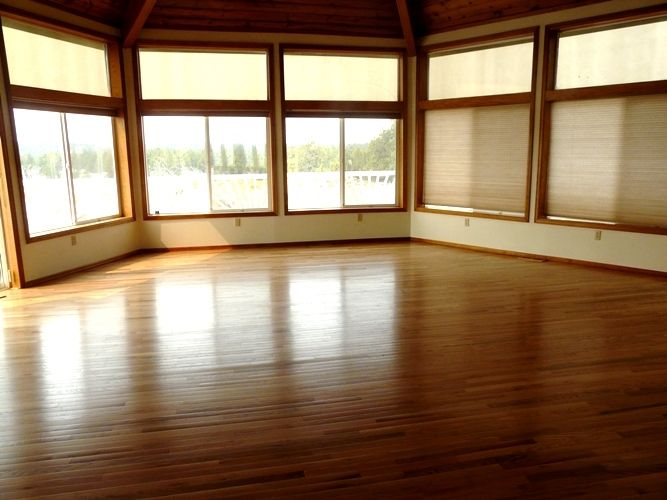Interesting link from the gas company. Based on their numbers you can expect to save someplace between 16% to 58% by using gas instead of electric. You need to subtract about 5% to ~15% from that savings due to the inefficiency of the gas boiler or water heater. If you can buy electric from their example of Massena Electric you would be at the low end of the cost savings. It looks like Massena has really low electric rates. Maybe they are subsidized or get their power from hydroelectric plants, either way a good deal. In short, using all electric may cost you exactly the same as using gas or you might be paying 60% more every year. It all depends on the how much you can buy the electric for. If you can, find out which power company you will be using up there. From what I've heard, we are pumping more and more natural gas out of the country's wells and natural gas prices will remain low for some time.
You can definitely use a tankless water heater instead of a boiler, though you will want to have a small, 20 gallons or so, tank to be used to add a little mass to the system. I'm reviewing a project in Aspen, CO where they started out designing around that type of a system. But, currently they are going to use a more typical natural gas, condensing, tank-type water heater to be used for both the heating and the domestic water use. I believe the tank water heater was considerably cheaper than the tankless system. To combine the heating and domestic water system, they needed to make sure they everything in the system was approved for domestic water use and included controls to circulate the water in the heating loops from time to time. Personally, I would separate the two systems. There's something about taking a shower with water that has been sitting in heating pipes for a month that just screams legionella, yuck.
Welcome to my world and good luck trying to make a decision. There are way too many options for mechanical systems.
Jim
You can definitely use a tankless water heater instead of a boiler, though you will want to have a small, 20 gallons or so, tank to be used to add a little mass to the system. I'm reviewing a project in Aspen, CO where they started out designing around that type of a system. But, currently they are going to use a more typical natural gas, condensing, tank-type water heater to be used for both the heating and the domestic water use. I believe the tank water heater was considerably cheaper than the tankless system. To combine the heating and domestic water system, they needed to make sure they everything in the system was approved for domestic water use and included controls to circulate the water in the heating loops from time to time. Personally, I would separate the two systems. There's something about taking a shower with water that has been sitting in heating pipes for a month that just screams legionella, yuck.
Welcome to my world and good luck trying to make a decision. There are way too many options for mechanical systems.
Jim


